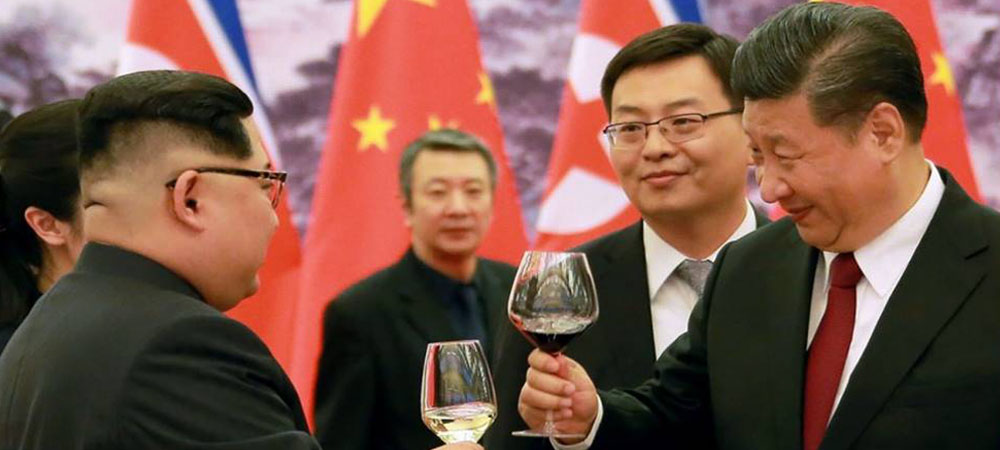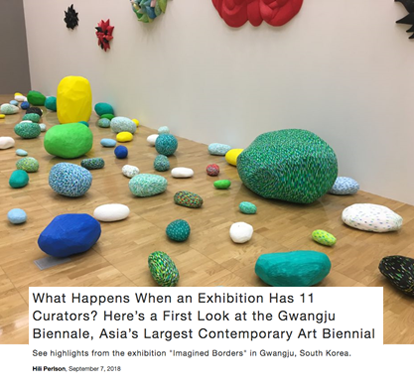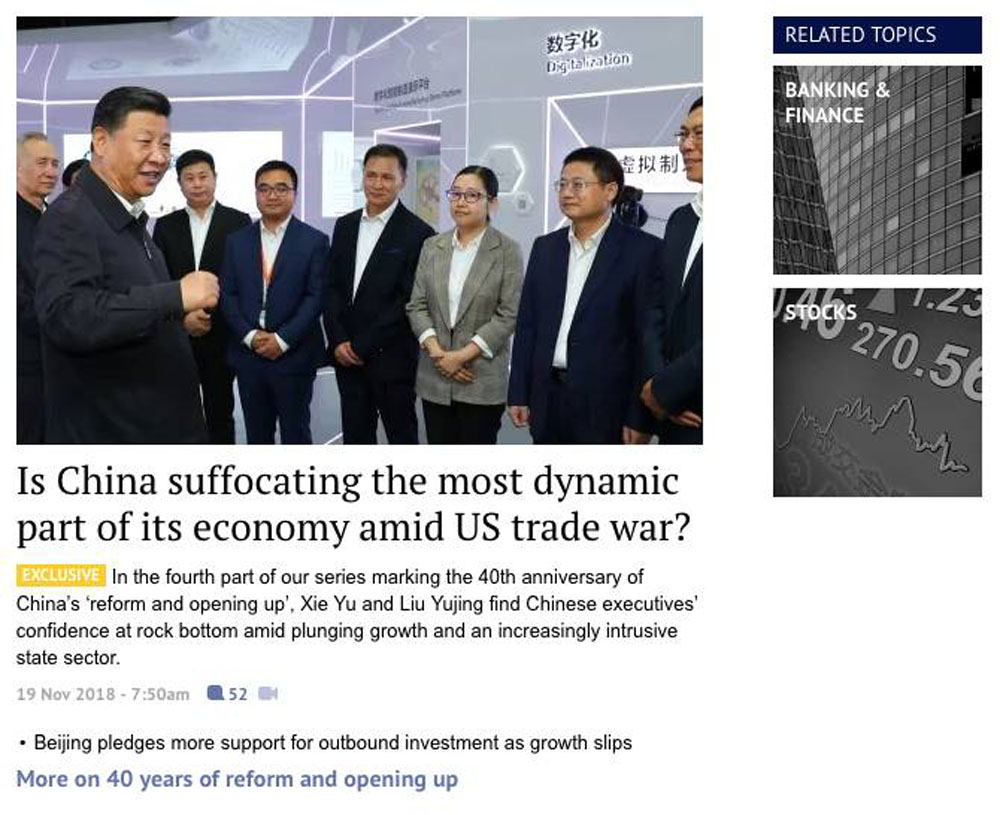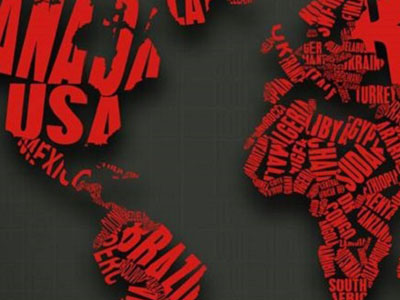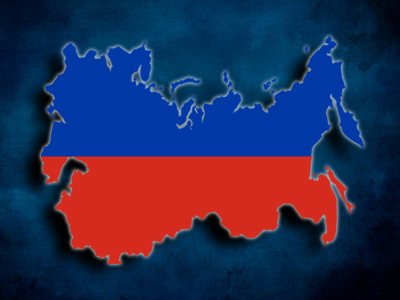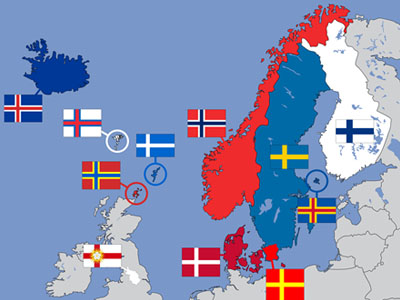HOTSPOT ISSUES IN NORTHEASTERN ASIA
CoCoP: COMMUNICATING COHESION POLICY
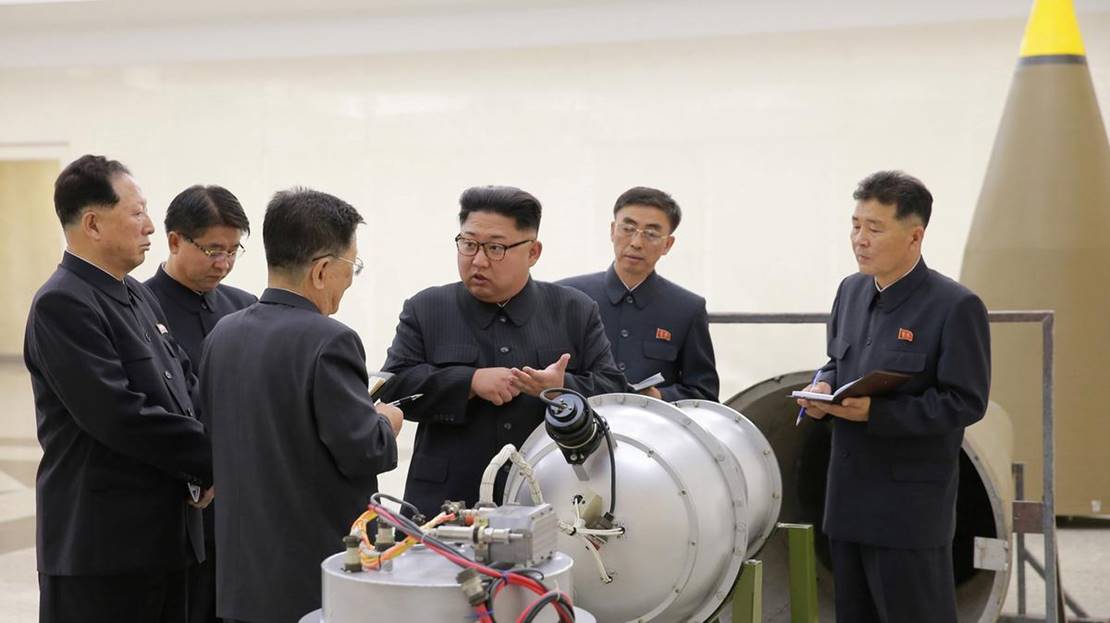

Written for JESPIONNE

Alessandra Peron Marquez
Earlier this month I got some spare time during the Golden Week - a cluster of holidays in Japan and, perhaps, the craziest time of the year, as the entire country simultaneously jumps on the trains and planes for a little escape from the work routine.
As I love port cities (maybe it has something to do with my eternal love for the ocean), I didn’t struggle much with picking destination for my getaway: I headed south, to the beautiful Nagasaki, which for most people resonates with the infamously known atomic bomb explosion of 1945.
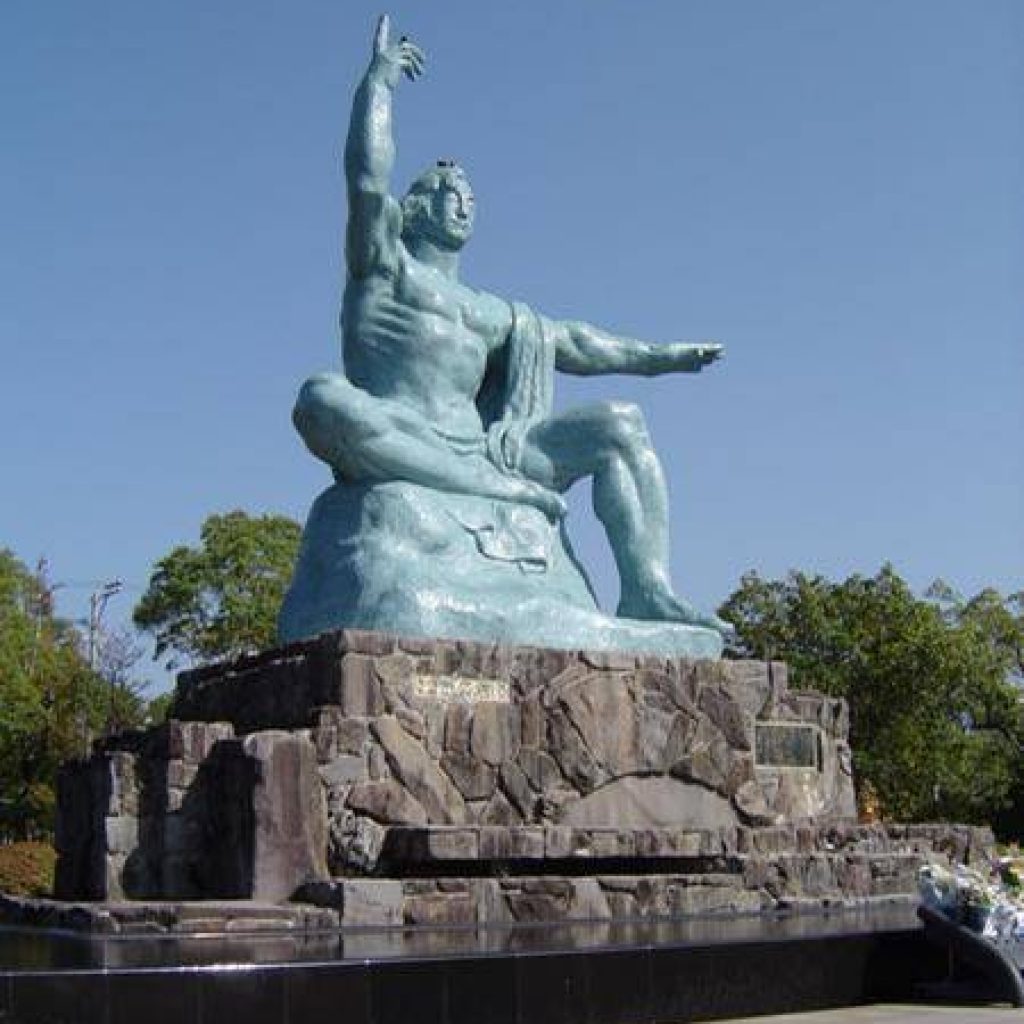
AAs I love port cities (maybe it has something to do with my eternal love for the ocean), I didn’t struggle much with picking destination for my getaway: I headed south, to the beautiful Nagasaki, which for most people resonates with the infamously known atomic bomb explosion of 1945.

July 2020

Not that I don’t turn to things like this often (Police Academy engraves thoughts about peace and security into your flesh and bones), but these words awoke something more prominent this time. I went back to countless lectures, and articles read on Abe’s course on changing Japan’s security strategy from the “Exclusively Defense-oriented” to the one of Positive Pacifism, which practically means getting rid of the 70-year-old post-war order by attempting to re-establish Japan as one of the major military powers of the region. That along with the escalation of the Korean nuclear issue over the past couple of years and its close relative -
the infamous THAAD fuss by which the US wholeheartedly offered an anti-ballistic missile defense to South Korea (or, once again, tried to show the world who is “the Boss” by announcing that it would continue building up its global anti-missile system thus threatening China and Russia). Anyways, the Chinese interpretation of the story prevailed so eventually Moon Jae-in was forced to apologize to his Chinese colleague with simultaneous no’s to THAAD, and to an alliance with the U.S. and Japan.


Mr. Yang Xiyu from China Institute of International Studies provided three ways to navigate this constantly changing geopolitical map of Northeast Asia. First, the DPRK solution – bilateral negotiations between it and the US on the condition of permanent possession of nuclear weapons. Second, the US and ROK solution – joint pressure on North Korea through sanctions and military action, if required. Third, China’s solution – negotiations between all the involved parties including the US to ensure peace and security in the region.
For now, the situation seems to be unfolding by the Chinese recipe, but will the talks go smoothly? There have been many concerns over President Trump’s “diplomatic unpreparedness” and “lack of discipline,” or the price North Korea would ask to pay for the freeze of its nuclear development.
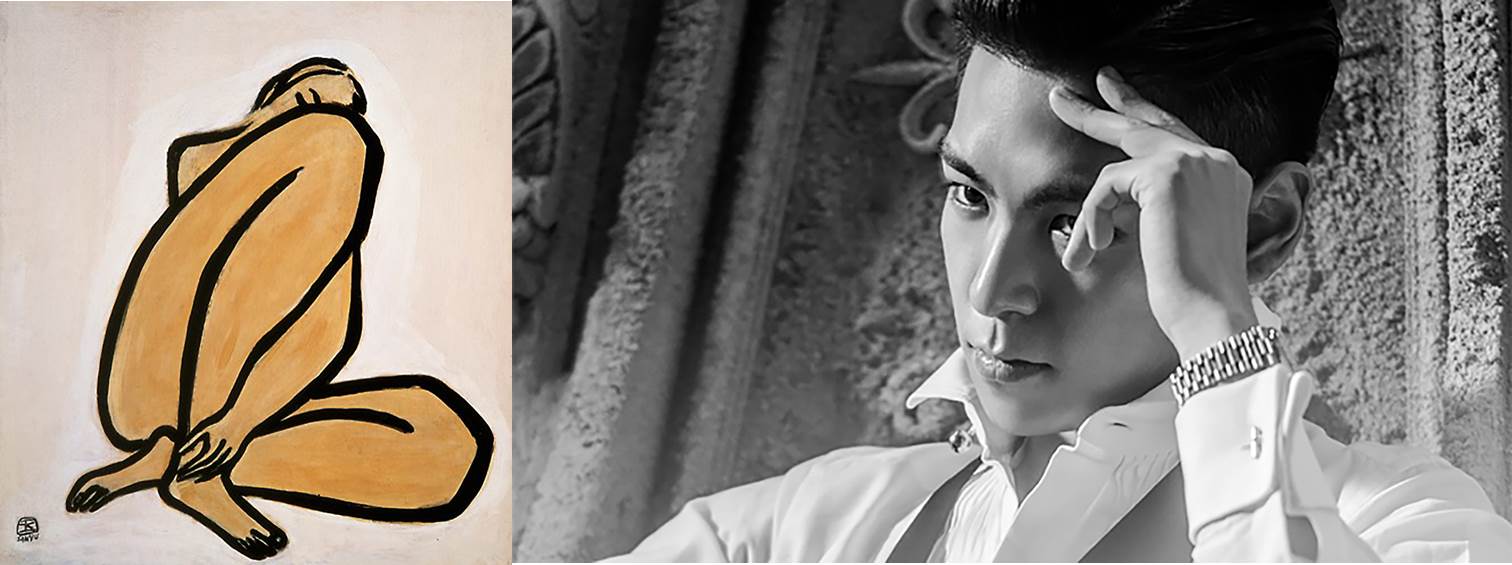


I know, it might be a lot to take in, but reviving the pain of Nagasaki, that never disappeared and remembering how fragile the peaceful sky above our heads is, I urge you to not just “pray for peace” – get involved. You can do this through joining ICAN (International Campaign to Abolish Nuclear Weapons). Currently, they have partner organizations in 100 countries and run a social media #IamICAN campaign, which you can take part in as well.
Additionally, the Comprehensive Nuclear – Test Ban Treaty (CTBT) provides youth with opportunities to make their voices heard through participation in their projects and conferences, including the UN ones. Do not just walk away in silence. Someone needs to bear the responsibility, and if the world leaders aren’t able to do so, you should be there. All of us.

Reference Article


Reference Article

By YANG XIYU for CIIS
Security issues of Northeastern Asia have increasingly been complicated since 2016. Significant changes have taken place such as, deterioration of Korean nuclear issue, rebuilding of armed forces in Japan, Terminal High Altitude Area Defense (THAAD) in the ROK, US adjustment of relations with Japan, the ROK and others. Northeastern Asia is caught in chaos featured by sudden increase of uncertain and unstable strategic factors. The chaos is by no means accidental but has its underlying reasons. It reflects that the security order in Northeastern Asian initially established following the end of World War II and distorted by Korean War is entering a period of historical and structural changes. What drive this change is whose solutions should be followed to address Korean nuclear issue and what kind of new security order should be put in place in this region. Facing up to the chaos, we must be fully aware that security order in this region is experiencing extremely fragile and treacherous “peaceful evolution,” which is the inevitable outcome of the changing world security order at an increasingly faster pace. In this sense, when we discuss a seemingly isolated hotspot, we must take into the account the changing regional and even the global security order as well as the common security framework of Northeastern Asia in plan. I. Three Hotspot Issues Affecting Geopolitical Strategic Game in Northeastern Asia One of the key features leading to dramatic changes in Northeastern Asian security order is that security issues resulted from the Cold War and other historical events are witnessing profound and quiet changes which matter to the future. This is manifested in the following three evolving hotspot issues.
1. Korean nuclear issue is in the process of changing from quantity to quality and has become a strategic issue influencing layout of major countries and regional security order In less than 9 months in 2016, the DPRK conducted two nuclear tests successively. These two tests displayed two noticeable characteristics compared with previous three previous ones from 2006 to 2013. First, the DPRK announced “hydrogen bomb test” for the first time; second, explosive yield of the fifth nuclear test far exceeds previous ones. Signs and indicators all point out to the fact that the DPRK has mastered the technique of miniature nuclear warhead with the explosion equivalent of over 10,000 tones. The DPRK also conducted about 10 ballistic missile tests including submarine-launched missile test. In early 2017, Kim Jong-un, president of the DPRK announced that the DPRK almost finished the preparation work for launching intercontinental ballistic missile. This indicates that the DPRK has made key breakthrough in nuclear striking weapons. More importantly, it means that a DPRK nuclear force guided by the concept of “preemptive strike” is emerging unexpectedly apart from the fragile China/Russia-US strategic balance of “Mutually Assured Destruction.” It is like a geopolitical lever, forcing the US to move defense and military striking forces strategically to Northeastern Asia and speeding up military expansion of Japan and the ROK. As a result, the strategic balance of Korean Peninsula and Northeastern Asia which has been maintained over 60 years is growing fragile. This region has run into all-round arms race with countries competing to enhance its military power. Northeastern Asia stands ready to become home to military forces of highest density.READ MORE >>
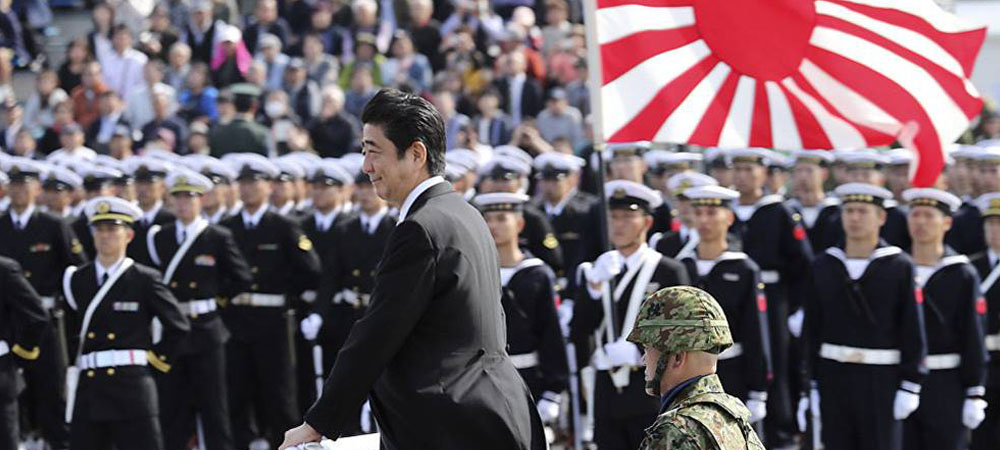


2. Japan is speeding up to become a “normal country” The “Exclusively Defense-oriented Strategy” Japan has been committed to for 70 years will be transformed into the so-called Positive Pacifism, which will enable Japan to practice the right to war. Over the years, Abe administration has accelerated the process of rewriting Pacifist Constitution. This is inevitable because for 70 years since World War II, right-wing forces in Japan have stubbornly pursued wrong political standing of its aggression history and steadfastly pushed Japan to become a “normal country.” Preventing Japan from being a “normal country” is not only the fruit of anti-fascist war victory, but also a cornerstone of post-war international order. The legal basis of this is “illegitimacy” for Japan to practice right of war, which has been enshrined in the ninth Article of Pacifist Constitution. It is based on the 9th article that Japan sets its peace defense framework with “Exclusively Defense-oriented Strategy” at its core and its self-defense forces. Since his first term as Prime Minister of Japan, Abe has quietly initiated the process of transforming the “Exclusively Defense-oriented Strategy” by upgrading Defense Agency into Ministry of Defense. During his second term, he set the abolition of the ninth Article as his administrative target. Meanwhile, by levering the advantages gained from the coalition government in the houses, he pushed for transforming and upgrading its armed forces from the following three aspects.
First, lifting the ban on collective self-defense right forcibly, revising security bill and relative laws and regulations limiting Japanese Self-Defense Force (JSDF) to practice “collective self-defense right.” This is to “untie” JSDF and pave the way for it to become national defense force legally. Second, putting in place a new national defense system. Efforts are made to extend functions of Ministry of Defense, establish National Security Council, and enhance “black-box operation” power of military and security policy-making departments of the Cabinet by amending secrecy laws and upgrading military establishment of self-defense forces. Consequently, post-war defense structure of Japan has been adjusted from policy-making mechanism to self-defense framework for better centralizing power and conducting aggressive attacks. Third, since 2012, Abe administration has increased defense budget for 5 years in a row to expand military build-up, enhance the power of ground, marine and air forces and build modern arms. This lays a foundation for upgrading self-defense forces into national defense forces when time is ripe. At the same time, Japan is rebuilding its weapon industry, cooperating closely with western countries such as the US and abolishing three principles on arms export. As Japan, a country pursuing peaceful development road for 70 plus years after World War II presses the above-mentioned three aspects ahead step by step, it will inevitably become a world military power practicing Positive Pacifism.
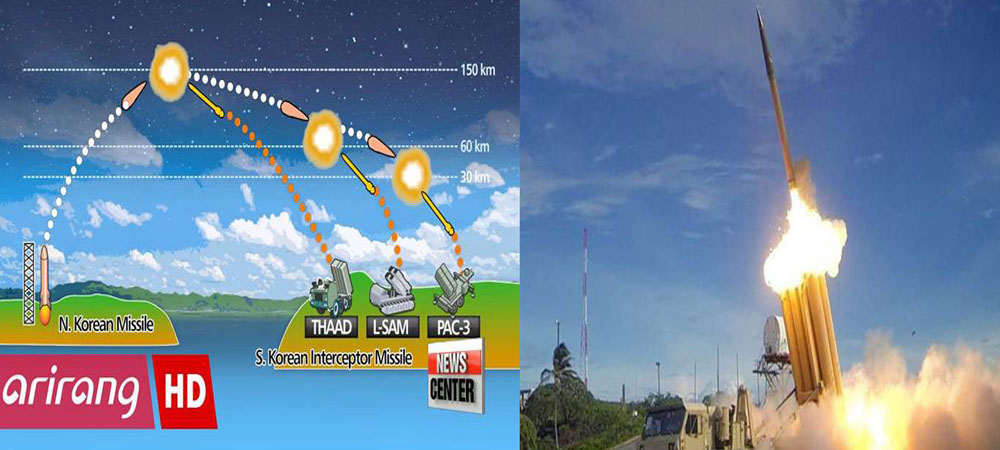


3. THAAD in the ROK will break the strategic balance of “mutual deterrence” by undermining missile striking capabilities of China and Russia The ROK has bargained with the US for years over THAAD. It’s no accident that it introduced THAAD in 2016. As a matter of fact, to deploy THAAD in the ROK and even in Japan is pre-determined by the US, because the X-band radar on THAAD will enable the US to get early warnings and tracks of Chinese missiles. This will undoubtedly break the already fragile strategic balance between China and the US. Similarly, the US can also gain advantage over Russia with this X-band radar. This is why the US has kept urging the ROK to deploy THAAD. In 2016, the DPRK notably sped up R&D on nuclear weapons and ballistic missiles. This helps create an excellent atmosphere and environment for the US to push for deployment of THAAD in ROK and also offer a ready excuse for the wrong decision made by Park Geun-hye administration. The ROK and the US have originally agreed to finish deployment work of THAAD by the end of 2017. However, following the cronyism scandal, Park Geun-hye made the hasty decision to complete the deployment by mid-2017 in an attempt to divert people’s attention away from the scandal.
This decision is made based on domestic conditions, but fits in exactly with the wishes of the US. This move is not only highly praised by Obama administration, but regarded as the most important topic by James Mattis, Defense Minister of Trump administration during his visit to the ROK in January 2017. In the US, both Democratic and Republican parties are for deployment of THAAD in the ROK, but two largest parties representing conservative and progressive ideas respectively in the ROK share different opinions. The largest progressive party out of power strongly recommends leaving the issue of THAAD to the next administration, which is unacceptable for the US. Current poll shows a leading-edge of the party candidate. However, based on timetable made by the US and the ROK to finish THAAD deployment in advance, it will have already been firmly established in the ROK by the time next administration forms. This will leave a thorny problem for the next administration. Furthermore, THAAD in the ROK will not only cast an unprecedented impact on China-ROK relations, but will also intensify the game between China-US and Russia-US on issue of missiles and anti-missiles.

CALL TO ACTION




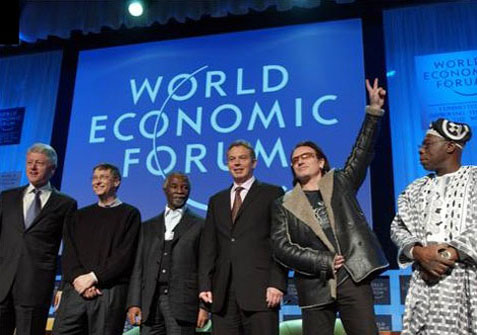

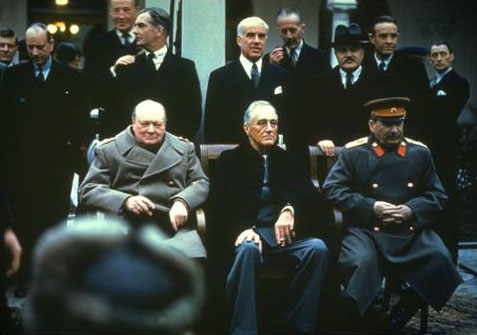

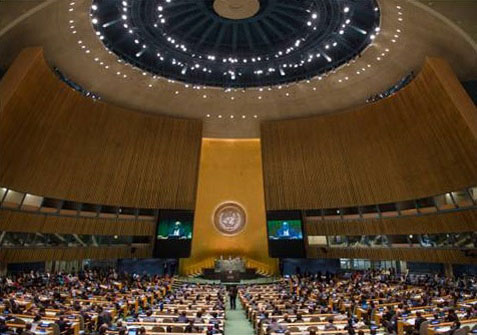


NEW AMERICA PUBLICATIONS


SCMP NEWS


REFERENCE SOURCES


REFERENCE SOURCES





SOCIAL MEDIA

Photos by
Dan Herrick / Hotel Casa San Agustin / Andrew Harper / Antonio Cuellar
TAGS
Cartagena / Hotel Casa San Agustín / Cartagena de Indias / Colombia / Boutique Hotels / Ciudad Vieja / Cartajena Cathedral / Botero Mansion

June 1st, 2020

INTERVIEWS
















